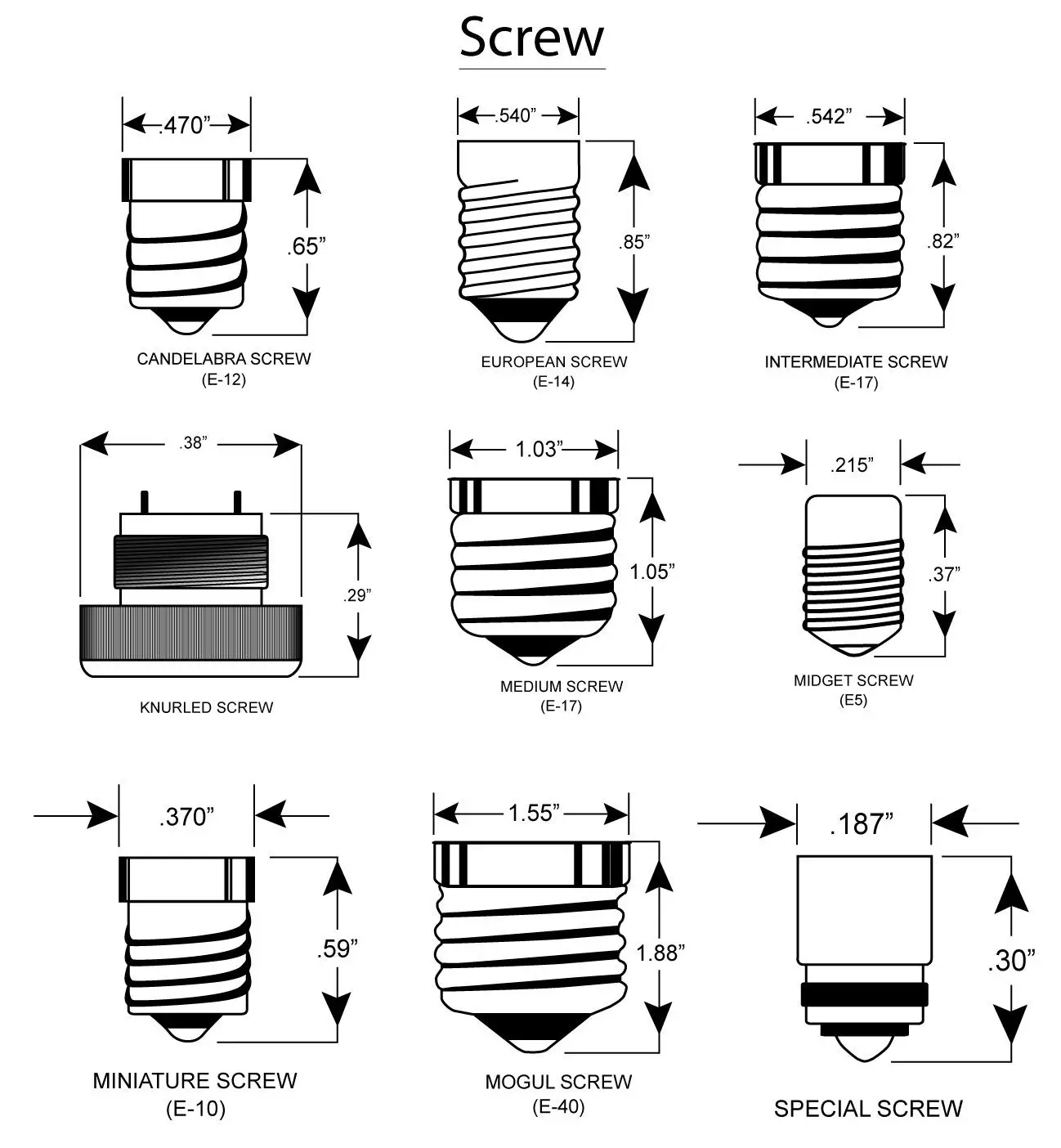Should Light Switches Be Grounded?
Light switches are commonly found in all modern households and are essential to the functionality of our electrical systems. Another equally as important function in our electrical systems is the ground, but it’s not always that light switches should be grounded. How come?
Toggle light switches and dimmer switches are generally not grounded. Grounding electrical components protects us from “leaking” currents and since most switches are covered in insulating plastic it’s not necessary to ground them, though it’s recommended to do so in new installations.
While this is the short-form answer there are a lot of nuances that go into why light switches normally don’t have to be grounded, which we will continue to elaborate on in this article.

Why Grounding Is Normally Important
Before diving specifically into grounding light switches we will first briefly cover grounding in general and why it is normally implemented.
The purpose of the ground wire is to essentially take any metallic parts of electronic components and make sure they don’t conduct any unwanted currents.
This works by having a big metal plate dug deep in the ground which then connects to the electrical system, which is why it’s called “ground”.
The reason we route the ground wire into the literal ground is that the ground will always have an electrical potential of 0V. An electrical current always tries to neutralise its charge using the path with the least resistance, so if there is a ground cable which directly connects to the metal it is extremely likely to take that path.
While leaking currents can have effects on the operation of components it’s mostly a safety hazard to have metallic objects not be grounded, since if an electrical current were to find its way there it could easily shock you if you make contact with it since the floor you stand on may be a conductive 0V surface.
Do Light Switches Need To Be Grounded?
Generally speaking, light switches do not need to be grounded. This is because a properly installed light switch won’t have any exposed metals that you can shock yourself on.
It is also common for light switches to be double-insulated. This means that the switch is protected by 2 separate layers of plastic, which makes it so insulated that having a ground is unnecessary.
However, if the light switch does have exposed metals in any way shape or form it should probably be grounded to avoid accidental shocks or fire hazards. That said, if the switch cover is made out of metal there is likely an obvious place somewhere on the switch indicating where you’re supposed to ground it.
There are also some nuances depending on the construction and casing of the box which holds the actual switch. In a lot of Europe, it’s common for light switches to be placed inside a plastic box whereas in the US it’s common to find them being installed in a metal box.
The material of the box in which the light switch is placed makes a difference in whether or not it should be grounded.
- If you’re installing a switch into a metal box which is already grounded there is no need to ground the switch. Assuming that the metal plates of the switch are screwed on in such a way that it makes a connection to the metal box it will be grounded through the metal box, meaning that everything is grounded by association.
- If you’re installing a switch into a plastic box or other non-conductive materials that have a grounded component adjacent to it, such as another light switch, you should go ahead and connect the new switch to it as well. You can do this through a jumper cable between the switches.
- If you’re installing a switch into a plastic box where there is no sign of grounds in sight you don’t have to worry about grounding the new switch as it’s not necessary.
What Happens If You Don’t Ground A Light Switch?
Now that we’ve covered if light switches actually need to be grounded, are there actually any consequences to not grounding them?
In general, there is no functionality to having a ground, meaning that the switch will work perfectly fine without one. That said, the ground is purely a safety feature, meaning that there is a chance that you compromise on electrical safety by skipping a ground.
An example of where a ground would be needed is in the case that one of the wires in the switch isn’t connected properly. If a wire is loose it can leak into the metal plate of the switch. If the switch plate isn’t grounded it has the potential to cause an electrical arc within the walls, which could lead to a fire starting.
To summarize, the main consequences of not grounding a light switch are that they may end up damaging property or people when ungrounded.
Which Light Switches Should Be Grounded?
Now that we’ve covered everything relevant regarding the purpose of grounding we can talk about which light switches should be grounded and when they should be.
Light switches should mainly be grounded in new installations. In fact, installations in the United States that follow the NEC (National Electrical Code) state that all newly installed snap switches must be grounded
“NEC 404.9(B) requires that snap switches shall be connected to an equipment-grounding conductor and shall provide a means to connect metal faceplates to the equipment-grounding conductor.”
https://www.ecmag.com
However, there is one exception to this. In pre-existing installations where there is no ground present you may replace a non-grounded switch with a new non-grounded switch. This is only acceptable if the faceplate of the switch is covered by an insulator such as plastic.
The reason this is permitted is mainly to maintain continuity in the system. If we start mixing grounded components in a system that wasn’t designed with a grounding in mind it will cause a lot of confusion for electricians later on.
Also, keep in mind that the laws and rules for this vary from country to country. If you’re unsure about the rules in your own country you might want to do some digging into the electrical standards for your country or simply call an electrician and ask about it.
As for the type of light switches, this applies to all of them where it makes sense. Much like toggle switches, dimmer switches are also traditionally not grounded due to them not necessarily needing it. Click here to read my article The Different Types Of Light Switches.
As for smart switches, there are a lot of discrepancies due to how new the technology is. If the smart switch has an input slot for the ground you should absolutely ground the switch, but if it’s constructed like an old dimmer switch where there is no spot for a dimmer there is no need to add one.
That said, it is much safer to simply ground all the components of an electrical system, even though it’s not always necessary.
Are You Unsure If Your Light Switch Should Be Grounded?
If you’ve made it this far into the article and you’re still unsure about whether or not your light switch should be grounded I’d recommend that you contact an electrician and ask them about it.
Electricity is dangerous to handle if you’re unsure of what you’re doing is right, so you’re better off asking a professional for help than accidentally creating a fire hazard.
Summary
Light switches typically do not need to be grounded as they are usually covered in insulating plastic and do not have exposed metal parts.
Grounding is a safety measure that helps prevent the buildup of electrical current in the metal parts of an electrical component. Most light switches are double-insulated and therefore do not need to be grounded.
However, if a light switch has exposed metal parts, it should be grounded to prevent potential electrical shock or fire hazards. Grounding of light switches is usually only required in new installations, as stated by the National Electrical Code in the United States.
In pre-existing installations without a ground, it is acceptable to replace a non-grounded switch with another non-grounded switch, but only if the faceplate is of a non-conductive material.





